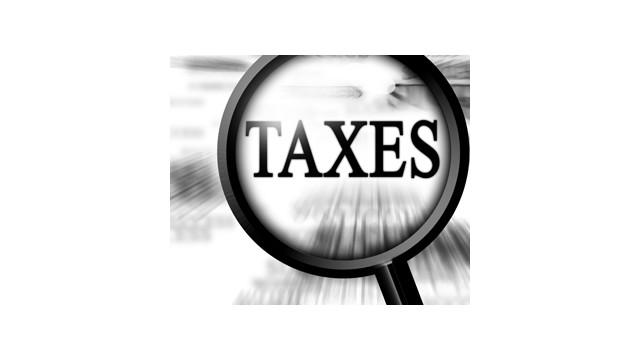What Companies With Mobile Workers Should Know About the IRS Standard Mileage Rate
Sep. 30, 2019

What is the IRS Standard Mileage Rate?
The IRS Standard Mileage Rate offers a way for employers to reimburse their employees who drive a personal vehicle for business purposes. Issued annually, many companies automatically use the IRS standard mileage rate when calculating reimbursements, so they can avoid having those funds be designated as additional income (and thereby be taxed).
As of 2019, the IRS standard mileage rate is 58 cents. Companies generally use this rate because they know that reimbursing drivers above it has tax consequences – the threshold beyond the rate is considered income. What most companies don’t realize, however, is that by using this rate, many of them may be over-reimbursing their drivers.
For example, last year the IRS reimbursement rate was just over 54 cents. So the same driver is making 4 cents more per mile this year. That’s great for drivers, but what if the actual cost to drive didn’t increase? Maybe there was a reduction in fuel prices? Maybe the driver’s insurance was less because the car has been on the road longer?
Not an Absolute
Something that companies need to be aware of is that the IRS standard mileage rate isn’t an IRS policy. Many business leaders assume that because the IRS determines the rate, it must be the only correct and approved way to reimburse their employees. This is a common misconception. While the IRS determines the rate, it’s meant to be used as a benchmark and not an absolute reimbursement method.
While it’s true that drivers can be reimbursed at this rate tax-free, it’s not mandated by the IRS that this be the only method of reimbursement.
The Calculation Process
As alluded to above, the IRS standard mileage rate is not based on the real-time costs of driving a personal vehicle for business. Instead, the rate relies on historical data from the previous year.
To better understand how it works, take your home mortgage as a comparison point. You wouldn’t finance your house with mortgage payments based on last year’s mortgage rates, especially if there’s been economic growth in the past year and rates have fallen. Instead, your mortgage payments would be based on the current rate for that year.
Similarly, without factoring in real-time data to your mileage rate and instead looking at the expenses from the prior years, you can end up paying drivers more than you should.
At the same time, if expenses have increased greatly year-over-year for your drivers, you might be paying them less than they deserve.
Other Reimbursement Options
There are several different ways for companies to reimburse their employees for business vehicle expenses, all with advantages and disadvantages:
- Fixed and Variable Rate Reimbursement – known as FAVR, this is also a tax-free method of reimbursing employees for their vehicle expenses. The difference is that this method allows for both the current fixed and variable rates to be factored into the amount reimbursed. It is known as an accurate way to reimburse exactly what was spent.
- Flat Vehicle Allowance – this is typically a single reimbursement rate for the entire company, meant to cover all business mileage with a set fee. This method is almost guaranteed to over- or under-reimburse employees – and is subject to taxes, meaning it costs employers more and that employees never actually see the full amount.
- Company Vehicles – with this approach, companies purchase or lease a vehicle for an employee. This can be great for positions that need specialized vehicles, but for other employees it creates the logistical nightmare of having to split up personal and work mileage, not to mention the risk that companies assume for employees driving work vehicles during non-work hours.
- Cents-Per-Mile – this method sees companies reimburse drivers for business travel at an agreed upon rate, below the IRS rate. This can be an option for companies with consultants, sales associates and technicians that drive less than 5,000 miles a year and still want to provide tax-free reimbursement – but, at the same time, this method can also leave an opening for mileage fraud and over-reimbursement.
The important takeaway here is to understand the options you have when it comes to reimbursing employees for business mileage. Perhaps you have drivers that don’t need to travel for work every day. In that case, reimbursing at the IRS rate makes sense. Maybe your employees have specialized vehicle needs, such as in businesses like construction or waste management, and purchasing a vehicle outright for them makes the most sense. Or it could be a situation where there are several “road warriors” at your company, and FAVR is the way to go.
Just don’t fall into the trap of thinking the IRS rate is the only approved option available.
Summing Up
Companies are faced with the task of providing an easy, efficient and effective vehicle reimbursement program for their mobile workers. While there are various different ways of providing reimbursement to your drivers, it’s important to understand that the IRS standard mile rate is only a recommendation – not a directive – and that other options could be a better fit for your company.
=========
John Petrucelli leverages his vast mobile development expertise to bring innovative solutions to the workforce management space. He leads Motus’ efforts to deploy useful tools through creative design that aligns with the company’s strategic and business objectives.
